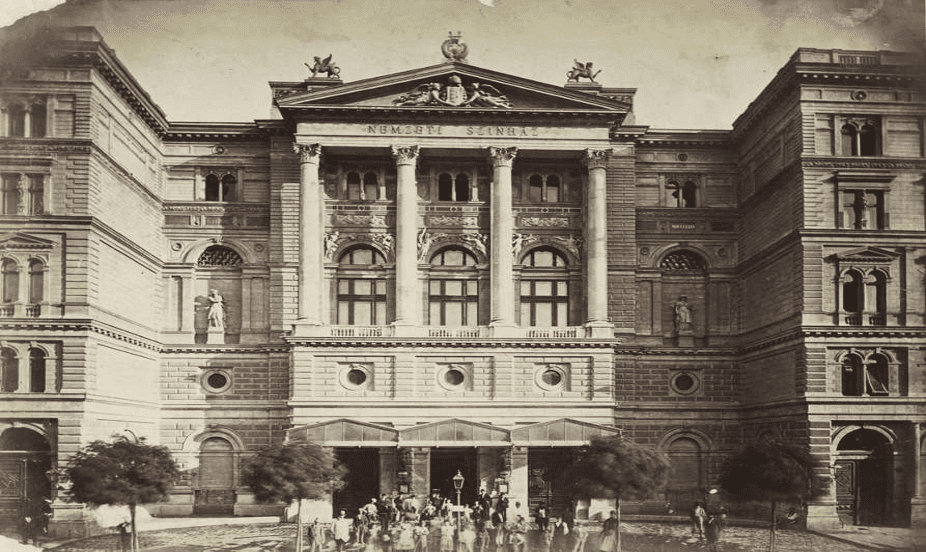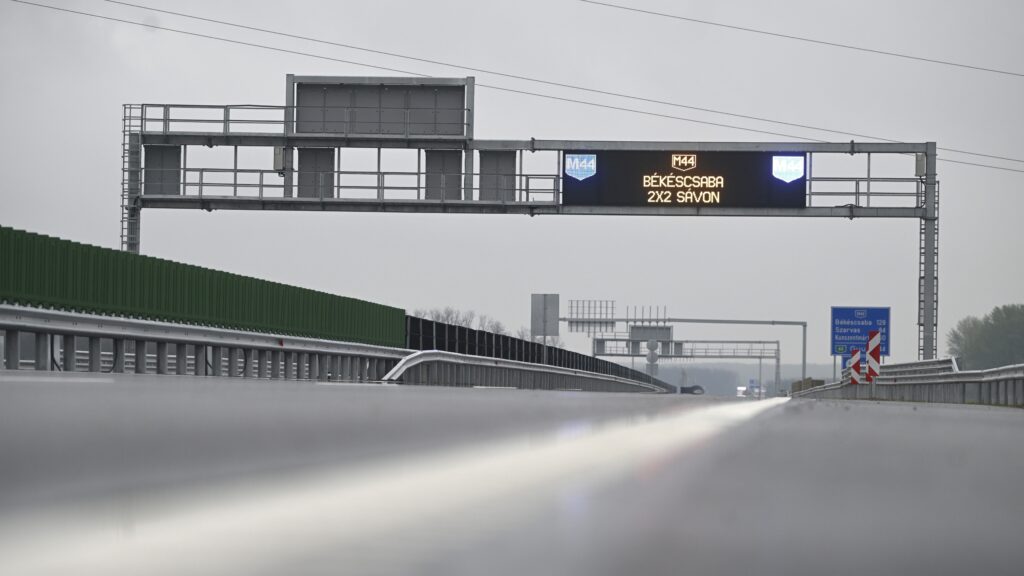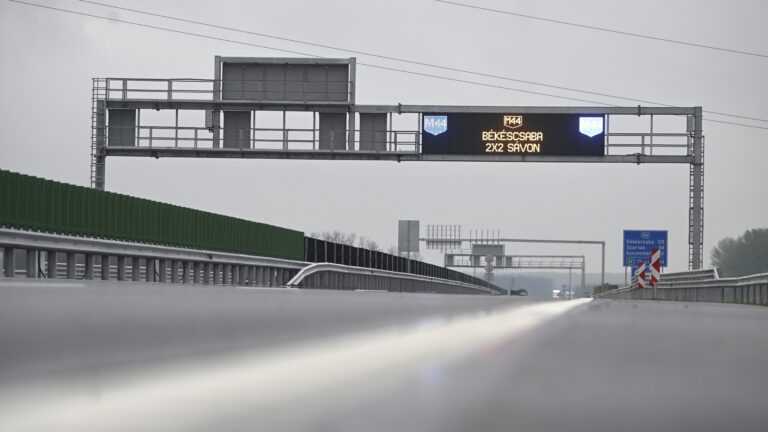In 1832, Count István Széchenyi, ‘the Greatest Hungarian’, explained the importance of creating a cultural institution, a ‘Playhouse’, which is essential for Hungarians, in an over 100-pages-long pamphlet addressed to the Estates of Pest County (Pest Vármegye Rendei).
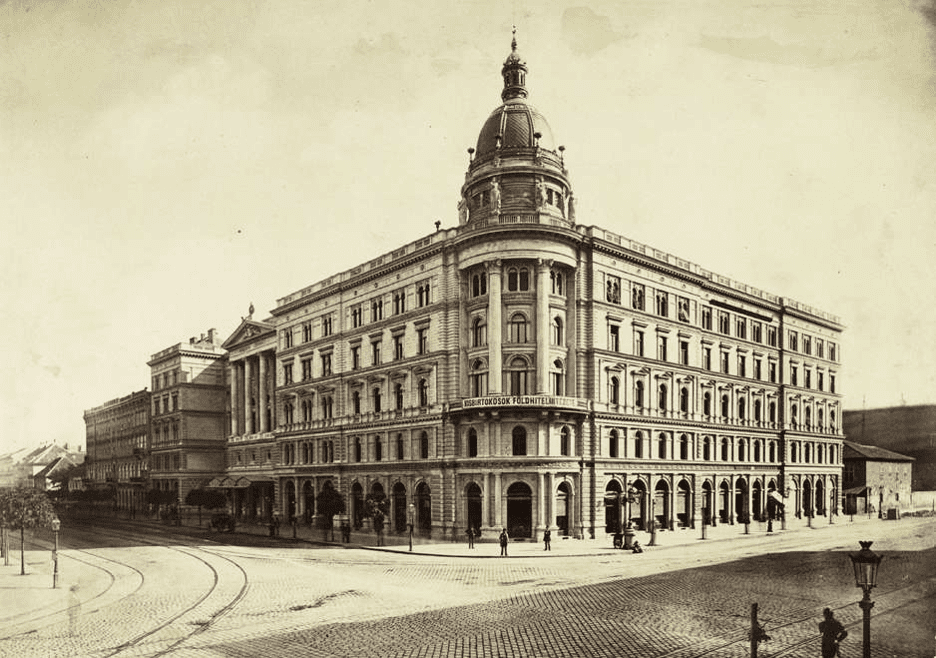
The count’s desire to establish a theatre was not long in coming. With Act 41, 1836, the Diet of Hungary legislated that a national theatre should be built. The officially first Hungarian theatre—the National Theatre—began its operation in 1837, near Astoria. Located in a building next to the house at the corner of today’s Múzeum Boulevard and Rákóczi Street, the theatre served as the venue for performances until 1908, when it was declared a fire hazard, and was finally demolished in 1913. The theatre had been built from public donations and with the financial assistance of Pest County, following a nationwide fundraising drive launched by Count Széchenyi.
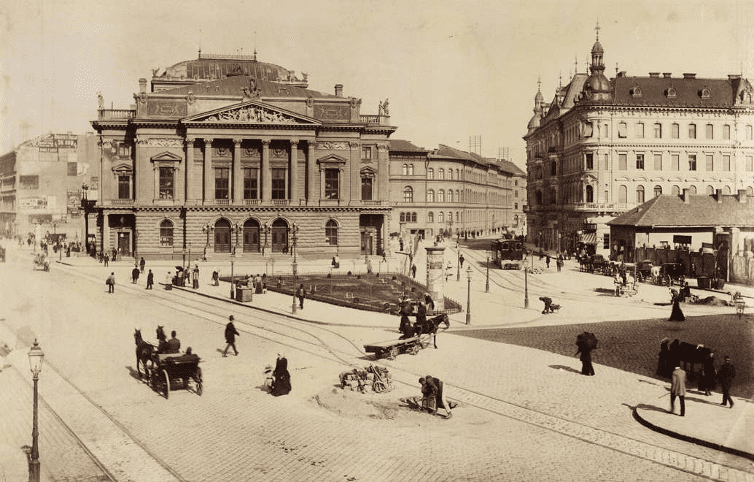
The company of the National Theatre then moved to People’s Theatre in Blaha Lujza Square, a more ornate and, in many ways, more spacious edifice built in 1875.
Theatrical performances were held there from 1908 to 1964. Originally, the building of the former music theatre would only have provided a temporary venue for the National Theatre until a building specifically designed for this purpose was built (at its former location), but construction never began due to the outbreak of World War I.
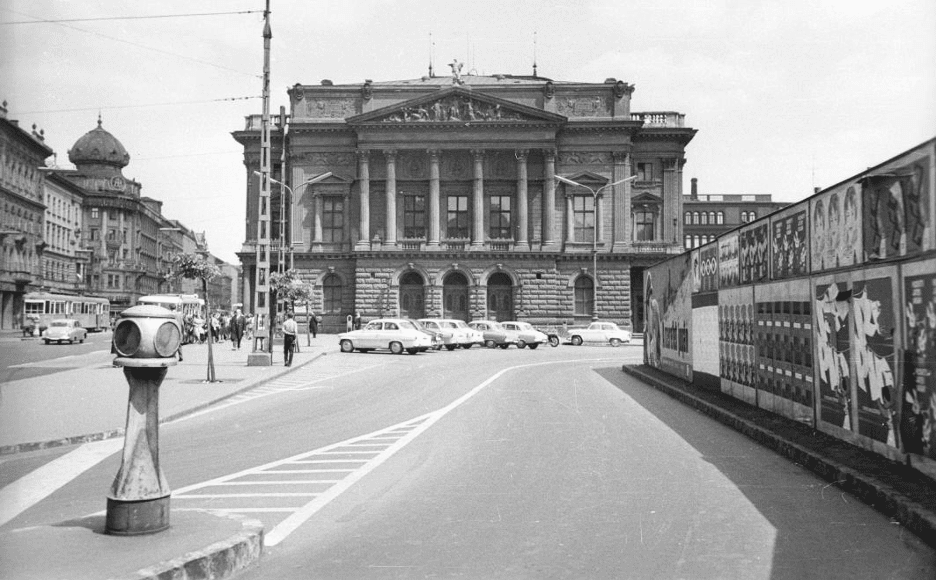
The building hosted performances for 56 years, but after experiencing two world wars and a revolution, its demolition was announced in 1964, citing the beginning of the construction of Budapest’s first metro line as a reason.
There is no doubt that the demolition of the two edifices deprived Budapest’s cityscape of iconic and historically significant buildings, the atmosphere of which can now only be brought back by old pictures and our grandparents’ stories.
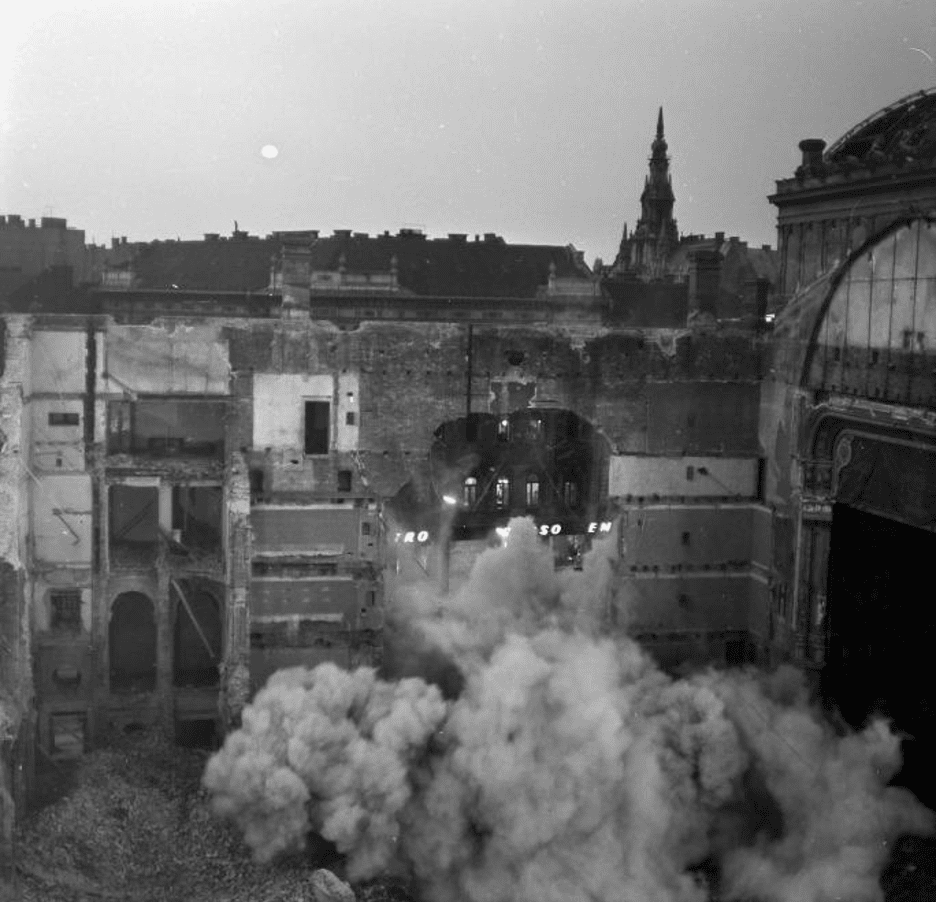
Click here to read the original article

